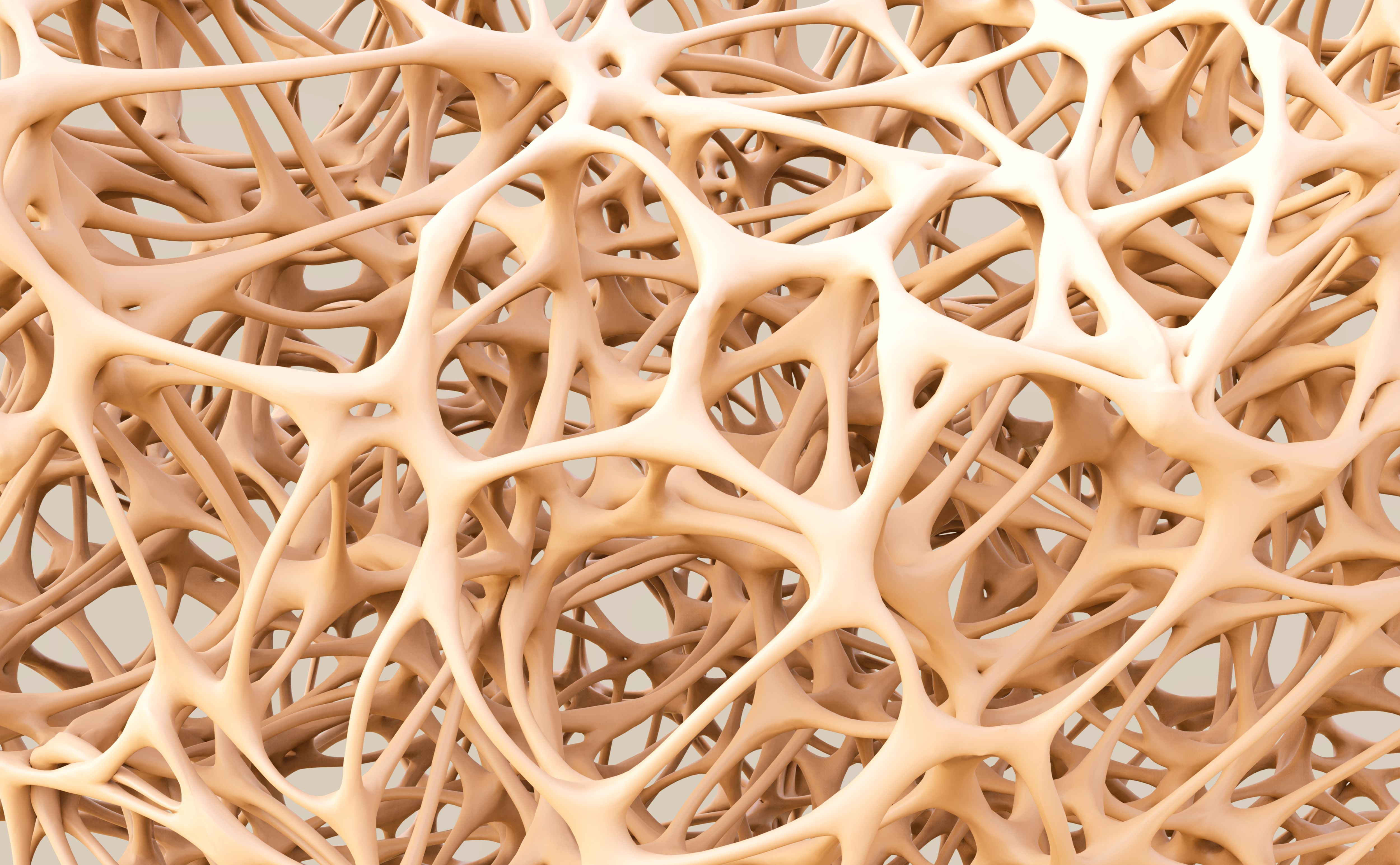Among patients with myelofibrosis who have been previously treated with Jakafi (ruxolitinib), treatment with Inrebic (fedratinib) was beneficial, particularly regarding spleen volume reduction (SVR) when compared to treatment with otherwise best-available therapy (BAT), researchers have found.
Findings from the phase 3 FREEDOM2 trial were published in The Lancet Hematology.
“In the FREEDOM2 trial, patients with myelofibrosis previously treated with [Jakafi] showed superior SVR and symptom response when treated with [Inrebic] compared with BAT (predominantly [Jakafi]),” researchers concluded in the study. “The safety profile of [Inrebic] was consistent with previous trials, and mitigation measures effectively managed known adverse events. Overall, the results indicate that [Inrebic] is a promising option for second-line JAK inhibitor treatment of myelofibrosis.”
Inrebic, a type of tyrosine kinase inhibitor, works by blocking JAK2 and other proteins — which, as defined by the National Cancer Institute, may help keep abnormal blood cells or cancer cells from growing. It was approved by the Food and Drug Administration for the treatment of patients with myelofibrosis in 2019.
Glossary:
Myelofibrosis: A type of blood cancer known as a myeloproliferative neoplasm, myelofibrosis involves excessive scar tissue forming in the bone marrow, impairing the production of normal, healthy blood cells and possibly moving blood cell production to the spleen, causing enlargement of that organ, according to the MPN Research Foundation.
Overall survival: The time a patient lives, regardless of disease status.
Anemia: Low count of red blood cells.
Thrombocytopenia: Low count of platelets.
Conducted at 86 clinics in 16 countries between Sept. 9, 2019 and June 24, 2022, the FREEDOM2 trial include 134 patients treated with Inrebic, 67 treated with BAT (including 52 treated with Jakafi), and researchers reported that 46 patients from the BAT group eventually crossed over to receive treatment with Inrebic.
Explaining the rationale behind the study, researchers noted that the majority of patients with myelofibrosis develop intolerance to Jakafi or have disease that is relapsed or refractory. While Jakafi is indicated for the treatment of intermediate-risk or high-risk myelofibrosis, with 32% to 42% of patients demonstrating spleen volume reduction of at least 35% after 24 weeks of treatment and as many as 46% of patients achieving at least a 50% reduction in symptom burden, five-year discontinuation rates for Jakafi are approximately 75%, largely due to treatment intolerance and disease progression, researchers stated, further noting that the median overall survival following discontinuation of a first-line JAK inhibitor, such as Jakafi, ranges from 11 to 14 months.
Patients in FREEDOM2 received 400 milligrams per day of Inrebic or BAT in 28-day cycles. At a data cutoff of Dec. 27, 2022 and median survival follow-up of 64.5 weeks, spleen volume reduction of at least 35% was experienced by 48, or 36%, of patients treated with Inrebic and four, or 6%, of the patients who received BAT, making for a 30% difference.
Researchers stated that during the first six treatment cycles 53, or 40%, of patients in the Inrebic group and eight, or 12%, of patients in the BAT group experienced severe grade or higher treatment-related side effects, the most frequent of which were anemia (12, 9%, in the Inrebic group and six, or 9%, in the BAT group) and thrombocytopenia (six, 12%, of the Inrebic group and two, or 3%, of the BAT group).
Researchers reported that one patient in the Inrebic group died from acute kidney injury that was suspected to be related to the drug, while there were no treatment-related deaths in the BAT group.
Learn More: Patient Characteristics Guide Decision Making for JAK Inhibitors in Myelofibrosis
During the first six cycles of treatment, treatment-related adverse events occurred among 109, or 81%, of patients in the Inrebic group and 23, or 34%, of patients in the BAT group, with the most frequent events being diarrhea in the Inrebic group and anemia in the BAT group, according to the study.
Reference: “Efficacy and safety of fedratinib in patients with myelofibrosis previously treated with ruxolitinib (FREEDOM2): results from a multicentre, open-label, randomised, controlled, phase 3 trial” by Dr. Claire N. Harrison, et al., The Lancet Hematology.
For more news on cancer updates, research and education, don’t forget to subscribe to CURE®’s newsletters here.




